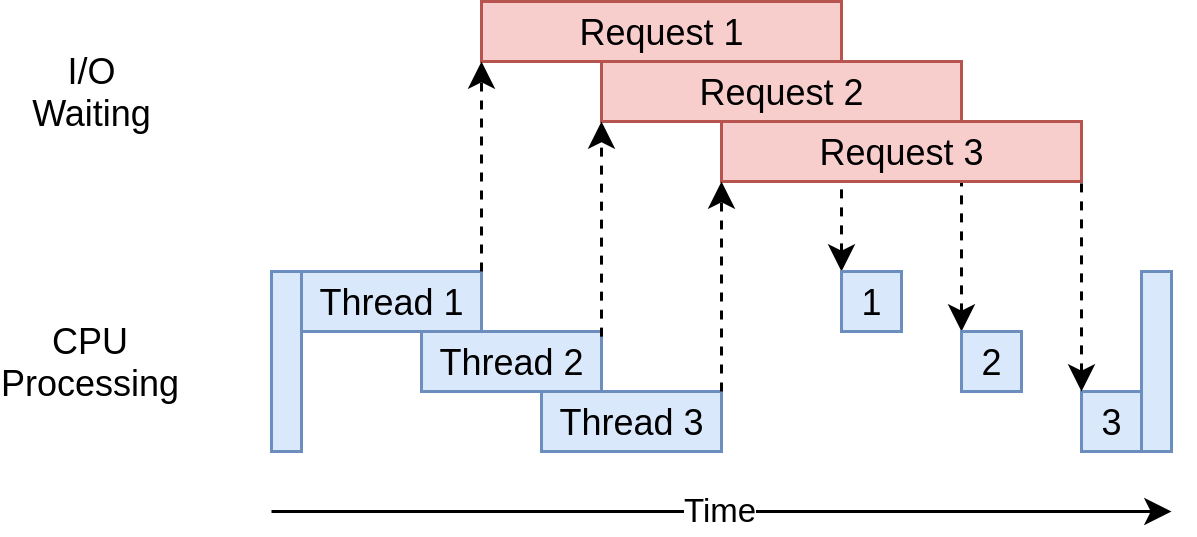Why I'm learning this:
- Facing efficiency issue calling third party API when I'm building back-end of the PS editor project.
From Real Python
Only multiprocessing actually runs at literally the same time.
Threading and asyncio both run on a single processor and therefore only run one at a time.
- Uses more cores
- Creates new process
- each process runs in its own Python Interpreter
- Pre-emptive multitasking
- the operating system interrupts it at any time to start running a different thread.
- handy in that the code in the thread doesn't need to do anything to make the switch
- Cooperative multitasking
- the task must announce when they are ready to be switched out.
- will not be swapped out in the middle of a Python statement unless that statement is marked.
| Concurrency Type | Switching Decision | Number of Processors |
|---|---|---|
| Pre-emptive multitasking (threading) | The operating system decides when to switch tasks external to Python. | 1 |
| Cooperative multitasking (asyncio) | The tasks decide when to give up control. | 1 |
| Multiprocessing (multiprocessing) | The processes all run at the same time on different processors. | Many |
Two problems
- CPU-bound
- IO-bound: (external resource)
| I/O-Bound Process | CPU-Bound Process |
|---|---|
| spends most of its time talking to a slow device | spends most of its time doing CPU operations. |
| Speeding up: overlapping the times spent waiting for these devices. | Speeding up: finding ways to do more computations in the same amount of time. |
- It is slow.
See threading method
- It is simplified.
- Each task takes far fewer resources and less time to create than a thread
Maintains a minimum of two lists containing two states
- Ready state: task has work, ready to run.
- Waiting state: waiting for some external thing to finish.
- It selects ready tasks and starts it,
- Then that task is in complete control until it cooperatively hands the control back to the event loop.
- the event loop then places that task into either the ready or waiting list
- and then goes through each of the tasks in the waiting list to see if it has become ready by an I/O operation completing.
- Once all the tasks have been sorted into the right list again, the event loop picks the next task to run, and the process repeats.
awaitas the magic that allows the task to hand control back to the event loop.asyncas a flag to Python telling it that the function about to be defined with await.- OR flag this context manager as something that can get swapped out.
pip install aiohttp
See asyncio method

